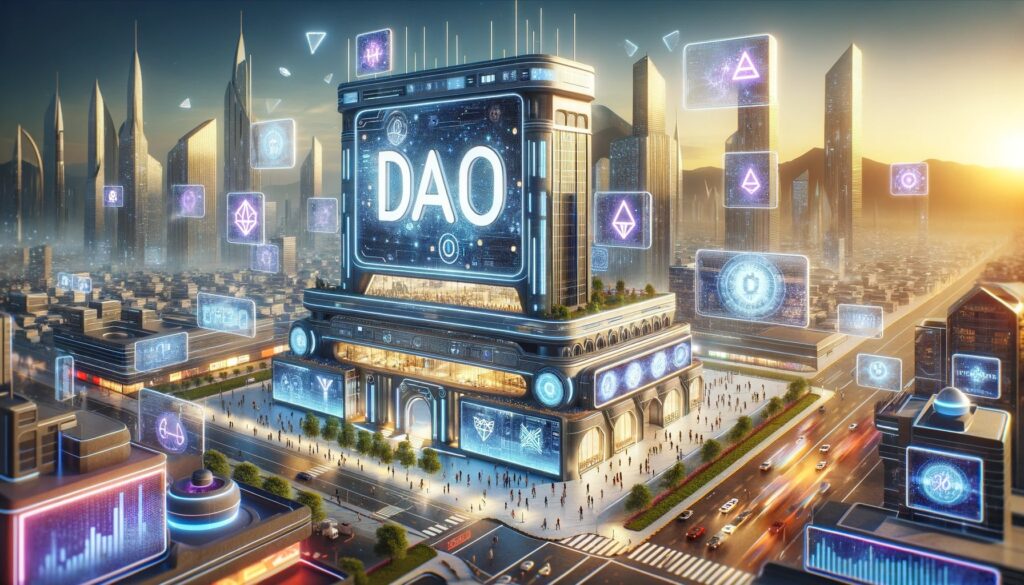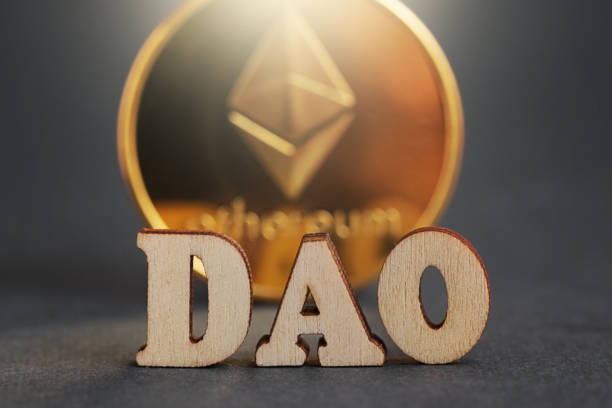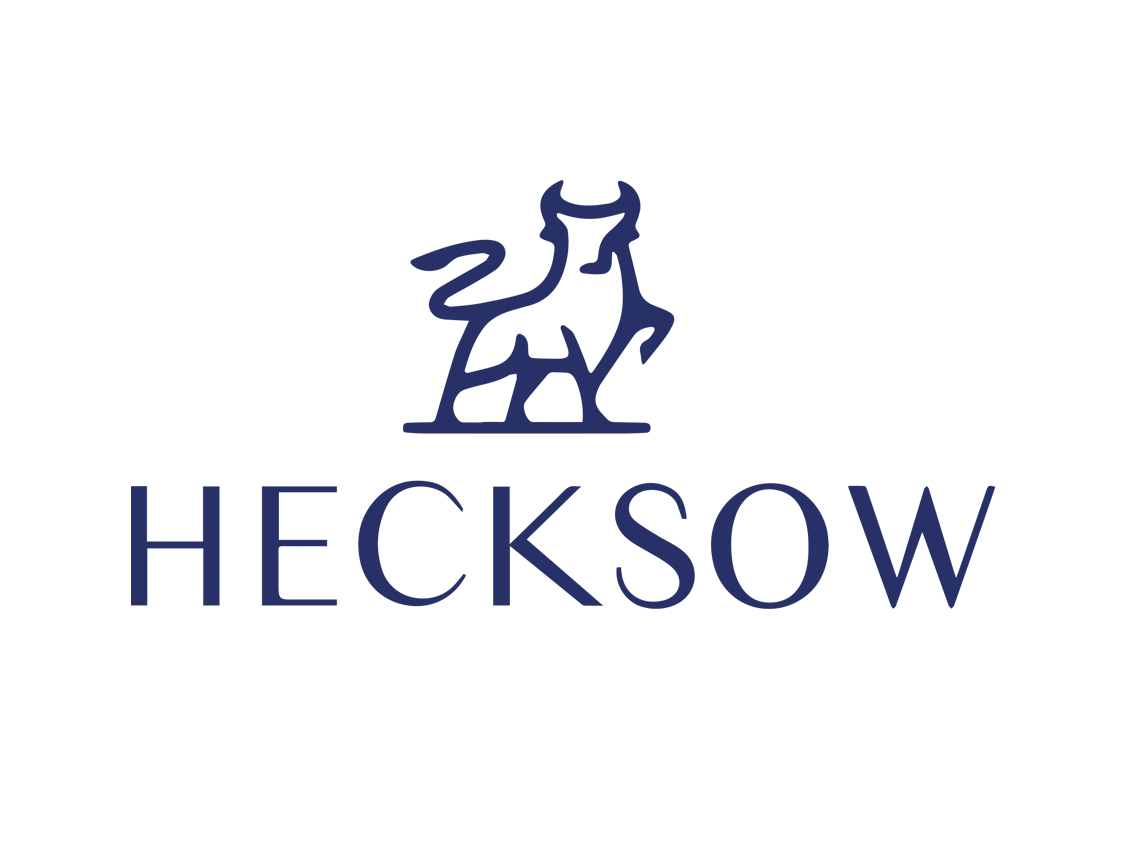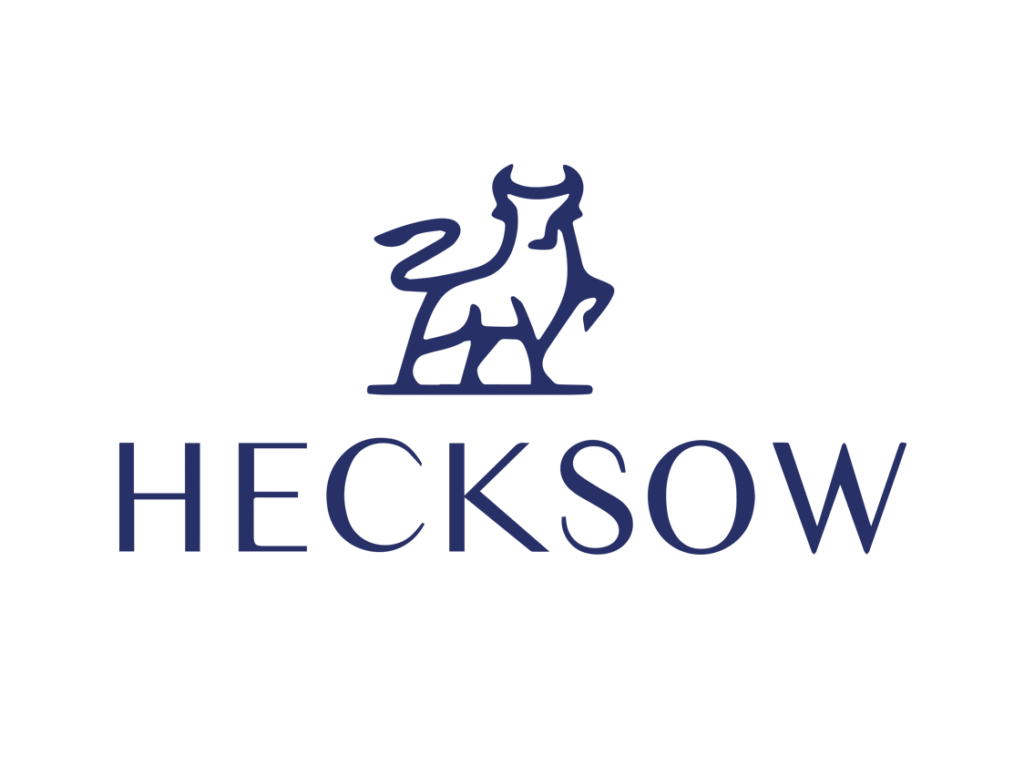In the digital world, Decentralized Autonomous Organizations (DAOs) represent a revolutionary approach to governance and decision-making. These organizations operate on blockchain technology, ensuring transparency and accessibility. This guide introduces you to the concept of DAOs, explaining how they work and why they are becoming a vital part of the blockchain ecosystem.
What is a DAO?
A DAO, or Decentralized Autonomous Organization, is an entity with no central leadership. Decisions get made from the bottom up, governed by a community organized around a specific set of rules enforced on a blockchain. DAOs are the most effective way of establishing a digital company and are efficient for managing a common fund without the need for traditional management structures.

1. How DAOs Operate:
- Smart Contracts: At the core of every DAO are smart contracts, which are self-executing contracts with the terms directly written into code. Once deployed on the blockchain, these contracts operate in an automated manner.
- Token-based Governance: Members of a DAO typically hold tokens that represent voting power. The more tokens a member holds, the greater their ability to influence decisions regarding the organization’s direction and policy.
- Proposals and Voting: Any member can propose changes or actions, which the community then votes on during a specified period. Proposals that receive sufficient votes are automatically implemented via smart contracts.
2. Setting Up a DAO: A Step-by-Step Guide
- Step 1: Define the Purpose: Every DAO starts with a clear purpose, which will guide its rules and operations. Whether it’s investment, charity, or community governance, the goal should align with the interests of its members.
- Step 2: Create the Smart Contract: Smart contracts are the backbone of DAOs. These need to be developed, tested, and deployed on the blockchain. This step often requires technical expertise.
- Step 3: Fund the DAO: Once the smart contracts are in place, the DAO needs funding. Members can buy tokens that grant voting rights and a stake in the DAO. Funding methods vary, including public sales, private sales, or allocations based on other contributions.
- Step 4: Governance Structure: Establish the governance rules for your DAO. This includes how proposals are made, debated, and voted on, as well as any criteria for membership.
- Step 5: Launch: After testing and securing the DAO, launch it to the public. Members can begin making proposals and voting almost immediately.

3. Advantages of DAOs:
- Transparency: All transactions and rules are recorded on the blockchain, visible to anyone, which prevents tampering and ensures integrity.
- Autonomy: DAOs operate automatically without human intervention once the rules are established. This feature reduces administrative costs and the potential for human error.
- Global and Inclusive: DAOs can have members from all over the world, making them truly global organizations. The barrier to entry is typically low, allowing a diverse group of participants.
4. Challenges and Considerations:
- Legal Status: The legal status of DAOs is still undefined in many regions, which can lead to regulatory challenges.
- Security Risks: While blockchain itself is secure, DAOs depend heavily on the smart contract’s code, which can have vulnerabilities.
- Cultural Adoption: DAOs require a shift in mindset from traditional hierarchical structures to a more democratic, decentralized approach, which can be a significant cultural shift for many.
5. Notable Examples of DAOs:
- MakerDAO: One of the first and most successful DAOs, MakerDAO issues Dai, a stablecoin pegged to the US dollar, and lets users vote on changes to the rules of its operation.
- Decentraland: A virtual reality platform controlled by its users who make decisions on the rules governing its digital land.
DAOs are paving the way for a new era of organizational structure. By leveraging the transparency and security of blockchain technology, DAOs empower individuals to collaborate and make decisions in a decentralized environment. While challenges remain, the potential of DAOs to transform industries and social structures is immense. As this technology continues to evolve, it will likely become a foundational element of digital and real-world governance.
This guide has provided you with a foundational understanding of what DAOs are, how they function, and the steps to create one. Whether you’re looking to start a DAO or simply participate in one, the opportunities in this space are expanding rapidly, making it an exciting time to get involved.




